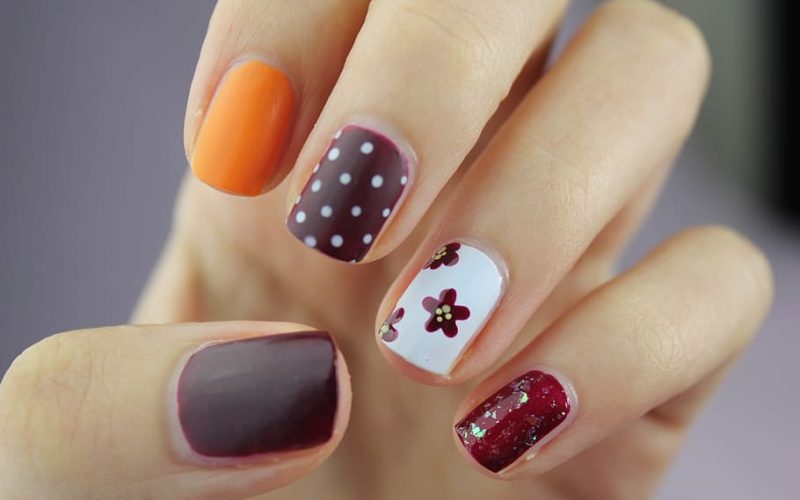What are the pros and cons of French manicure?
Among the advantages of the French manicure, we can mention in particular its elegant and timeless appearance which is suitable for all occasions. This manicure technique highlights the natural beauty of the nails by accentuating the free edge of the nail with a contrasting color, usually white. In addition, the French manicure goes well with any outfit and is suitable for everyday use as well as for special events.
However, there are also some disadvantages associated with French manicure. First of all, this technique requires some precision and may be difficult to perform on your own without prior experience. It is therefore often recommended to call on a professional to obtain an impeccable result. Then, the French manicure may not be suitable for people with short or brittle nails, because it requires a minimum nail length to be done correctly. Finally, even though this style of manicure is rather discreet and all-purpose, some may find it too classic or boring compared to the many other nail art options available on the market.
What materials are needed to make a French nail?
To make a French nail, several materials are needed to ensure a professional and lasting result.
- First, you will need a nail file to shape the natural nail and remove any rough edges.
- Then, the polishing block is essential to prepare the surface of the nail by making it smooth and uniform.
- For the application of the varnish, you will need a flat brush to apply the gel or the acrylic resin as well as a fine brush to achieve the famous “white line” characteristic of the French manicure.
- Don’t forget either the semi-permanent varnish or UV gel in two colors: a nude or pink shade for the base and an opaque white for the free edge of the nail.
- Finally, a UV or LED lamp is essential to quickly catalyze (harden) the products applied to the nail and ensure optimal hold of your French manicure.
What are the different French manicure techniques?
The different French manicure techniques are numerous and varied, allowing everyone to find the one that best suits their desires and level of expertise.
- The classic technique is to apply a pale pink or transparent varnish to the entire nail, then a white varnish only on the free edge to create a nice clean, and elegant line. For those who want a more original result, it is possible to use different colors or even glitter for the white part.
- Another very popular technique is the “ reverse French manicure ”, where the white color is applied in a half-moon near the cuticles rather than on the free edge.
- Stickers and stencils are also great for achieving the perfect French manicure without much effort, while nail art enthusiasts can have fun with geometric or floral designs to spice up their French manicures.
- Finally, for those who prefer a durable and resistant solution, there are also gel or resin nail extensions with an integrated French manicure.
What are the different styles of French nails available?
There are several styles of French nails that allow you to flaunt an elegant and neat style.
- The classic style, also called “French manicure“, is characterized by a nude or pink base and white nail tips.
- For those who wish to add a touch of color, the “colored French” offers various shades for the nail tips, such as red, blue, or even gold.
- The “reverse French” is another original option where the stripe of color is near the cuticle rather than at the end of the nail.
- Finally, for those who like to shine, the “glittery French” brings a festive note with glitter added to the traditional white border or on the entire surface of the nail. These different styles offer a wide choice to customize and enhance your nails according to your desires and your personal style.











